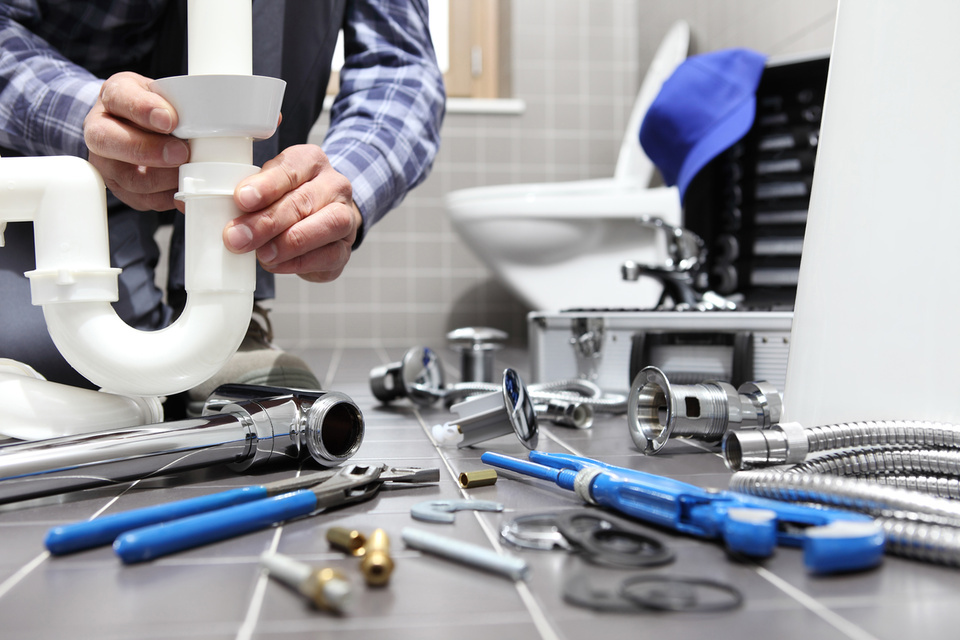
Introduction: When undertaking a plumbing remodeling project, it's important to approach it with careful planning and adherence to best practices. Plumbing plays a vital role in your home, and any changes or upgrades should be executed correctly to ensure functionality, efficiency, and long-term reliability. In this article, we will discuss essential do's and don'ts to guide you through a successful plumbing remodeling project.
Section 1: Do's for Plumbing Remodeling 1.1 Do Create a Detailed Plan: Before starting any plumbing remodeling project, develop a comprehensive plan that includes your goals, budget, timeline, and specific plumbing requirements. Consider consulting with a professional plumber or designer to ensure accuracy and feasibility.
1.2 Do Hire a Licensed Plumber: For major plumbing remodeling projects, it's crucial to work with a licensed and experienced plumber. They have the expertise to handle complex installations, ensure compliance with local codes and regulations, and provide valuable insights and recommendations.
1.3 Do Prioritize Functionality: When redesigning your plumbing system, focus on optimizing functionality and convenience. Consider the placement of fixtures, such as sinks, showers, and toilets, to ensure efficient flow and easy access. Plan for adequate water pressure and drainage capacities to meet the demands of your household.
1.4 Do Choose High-Quality Materials: Invest in high-quality plumbing fixtures, pipes, and fittings to ensure durability and longevity. Opt for reputable brands and materials that are resistant to corrosion, leaks, and wear and tear. This will save you money on repairs and replacements in the long run.
1.5 Do Consider Energy Efficiency: Take advantage of plumbing remodeling to improve energy efficiency in your home. Choose water-efficient fixtures, such as low-flow toilets and faucets, and consider installing an energy-efficient water heater. These choices will reduce water and energy consumption, benefiting both the environment and your utility bills.
1.6 Do Insulate Exposed Pipes: If your remodeling project involves exposing or relocating pipes, ensure proper insulation. Insulating pipes in unconditioned spaces, such as attics, basements, and crawl spaces, prevents freezing during cold weather and minimizes heat loss from hot water pipes.
Section 2: Don'ts for Plumbing Remodeling 2.1 Don't Neglect Permits and Regulations: Always check with your local authorities to determine if permits are required for your plumbing remodeling project. Failing to obtain the necessary permits can result in costly fines and complications during inspections. Additionally, ensure compliance with building codes and regulations to guarantee the safety and legality of your modifications.
2.2 Don't Ignore Plumbing System Assessments: Before making any changes, thoroughly assess your existing plumbing system. Determine its condition, identify any potential issues or deficiencies, and address them proactively. Neglecting an assessment can lead to unforeseen problems during the remodeling process.
2.3 Don't Overlook Ventilation Requirements: Proper ventilation is critical in plumbing remodeling projects, particularly for bathrooms and kitchens. Ensure that vent pipes are correctly sized, positioned, and vented to the exterior of the building. Adequate ventilation prevents odors, mold, and moisture-related issues.
2.4 Don't Forget Accessibility and Future Maintenance: When planning your plumbing remodel, keep accessibility and maintenance in mind. Avoid burying pipes or fixtures in hard-to-reach areas, as this can make future repairs or upgrades challenging. Leave access panels or valves to facilitate easy maintenance and troubleshooting.
2.5 Don't Attempt Complex Plumbing Work Without Experience: While some DIY plumbing projects are manageable, it's important to recognize your limitations. Complex plumbing tasks, such as extensive pipe rerouting or sewer line replacements, should be left to licensed professionals. Attempting them without proper experience can lead to costly mistakes, safety hazards, and compromised plumbing systems.
Conclusion: A successful plumbing remodeling project requires careful planning, attention to detail, and adherence to best practices. By following the do's and don'ts outlined in this article, you can ensure functionality, efficiency, and long-term reliability of your plumbing system. Remember, consulting with a licensed plumber and adhering to local codes and regulations are crucial for a successful outcome. With the right approach, your plumbing remodel will enhance the functionality and value of your home for years to come.

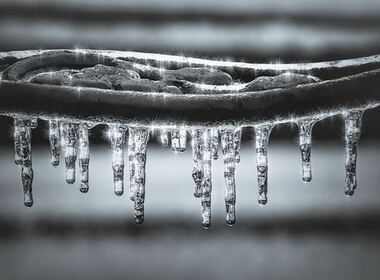
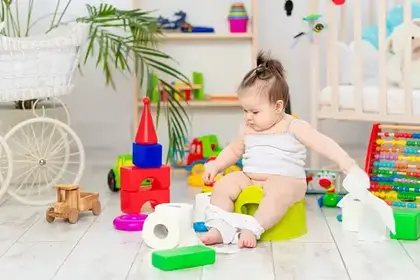
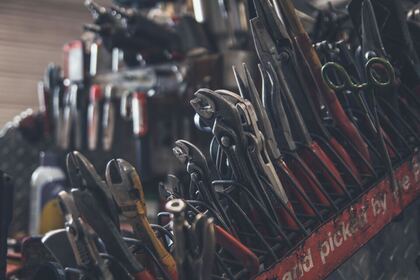

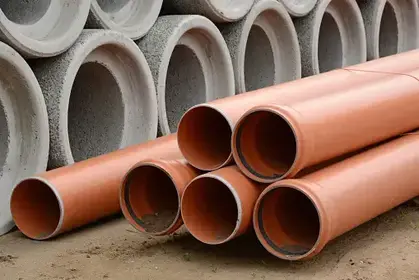
Leave Comment Below